Mr. Dinh Van Vi's family currently has 3 hectares of specialty yellow banana.
"Gifts" of the mountains and forests
At the age of 60, his hair has turned gray, but Mr. Dinh Van Vi in Nua Ha area is still as strong and agile as a young man. Born at the foot of Chen mountain, he learned to run and jump when he followed his parents across the forests and streams around the area. The hard life of a farmer in the mountainous region has trained him to be strong, diligent, and accustomed to heavy manual labor for decades. His children have grown up and matured, life is no longer too difficult or deprived, but he and his wife still go to the farm about 4 kilometers from home every day from early morning to take care of the forest, livestock, and poultry. More than 6 hectares of forestry land left by his father were divided into separate areas, the higher areas to grow acacia and fat; the lower areas to grow Dien grapefruit, green-skin grapefruit combined with raising buffalo, chickens, ducks, etc. In particular, his farm currently has about 3 hectares of specialty yellow powder bananas that are being harvested, bringing a stable source of income for the family. According to him: Since the Muong people came here to reclaim land and establish villages, this banana variety has appeared. Completely different from the banana variety in the lowlands and the wild banana tree in the mountains, the yellow powder banana tree, when harvested, produces large, curved fruits; ripe bananas have a thin peel, a beautiful bright yellow color, firm flesh, sweet taste and a distinctive aroma. Yellow powder bananas grow naturally all over the land along the streams, the mother tree produces bunches and then withers, the young plants push up from the ground, and thus form bushes and forests. With the aim of adding more food and livestock by-products, many families have planted bananas around their houses. Without needing to fertilize, the plants still grow quickly, with towering trunks, lush green leaves, the mother tree gives birth to young plants, clumps and then regularly produces bunches. When bushes wither, they go into the forest to find other suitable bushes. Then, over time, the banana patches that grow naturally gradually disappear, only the banana variety that people plant around their houses and propagate themselves to maintain over the years remains. Strangely, I don't know if it's because of the special soil conditions that only the area around Chen Mountain grows the yellow banana variety, which grows well, produces large bunches, large fruits, and has a much more delicious quality than other areas. So up to now, the yellow banana has only taken root and stuck with households in this area. Easy to grow, easy to care for, the quality of the fruit is famous for its deliciousness, wherever it is planted, traders come to buy it, even though the selling price is not high, the yellow banana has really brought a prosperous life to Mr. Dinh Van Vi's family as well as hundreds of banana-growing households around the area...
Enhancing Muong products
Yellow chalk bananas are introduced and promoted at booths, trade fairs and traditional festivals.
From a simple gift of the people in the mountainous region, in recent years, yellow powder bananas have regularly appeared in trade fairs and traditional booths at festivals in the area. Consumers in many localities have begun to pay attention to learn about and favor this unique product. This also means that the consumer market is expanding, the value and economic efficiency of banana trees are increasing day by day. Each year, the mother banana tree gives birth to 2-3 young trees and produces bunches, depending on the tree, the bunch has about 6-8 bunches. With a market price at the base of 10,000 VND/bunch, from a mother banana tree will bring in about 200,000 VND from the fruit, if sold on the occasion of the traditional national New Year, the price can increase up to 2-3 times. Along with the fruit, almost every part of the yellow powder banana tree can be utilized, bringing in a significant source of income. Banana flowers, after producing enough bunches, will be picked and sold to prepare dishes at an average price of 8,000 - 10,000 VND each. Banana leaves are also cut and sold to owners of establishments making ham, sausage, sour sausage, wrapping cakes... at a price of 50,000 VND per bunch. The tree trunks after harvesting bunches are used as feed for livestock and poultry. Therefore, each hectare of bananas after one year can generate an income of up to nearly one hundred million VND.
Yellow chalk bananas are introduced and promoted at booths, trade fairs and traditional festivals.
Realizing the outstanding potential of the yellow chalk banana tree in poverty reduction and socio-economic development of the ethnic minority areas here, a decade ago, the authorities of Tan Minh and Tan Lap communes, Thanh Son district (at that time) implemented many specific and practical activities to mobilize people to expand the area, increase the value and economic efficiency of the specialty banana variety. In 2007, the project "Expanding the area of yellow chalk banana trees in Tan Minh commune" was deployed, attracting 120 households to participate with 40 hectares of banana growing area. Thanh Son Yellow Chalk Banana Cooperative was established, initially promoting positive effects in enhancing production and business capacity, accessing science and technology, expanding consumption markets... Up to now, in Van Mieu commune (merged from 3 communes: Tan Minh, Tan Lap, Van Mieu) there are more than 60 hectares of yellow chalk banana, reaching an output of about more than 1,000 tons per year. The area of banana cultivation has not increased significantly, partly because only the area around Chen Mountain has suitable soil conditions, ensuring the highest quality of products, partly because the market is not really stable and the "strange disease" has recently appeared, causing significant damage to the productivity and quality of yellow bananas. According to banana growers, for the past ten years, for some reason, some banana trees that were green and lush suddenly had yellow leaves and then withered, the disease spread quickly, in just a short time the whole banana grove gradually died, withered away. Many folk remedies were tested but all were ineffective, the government went to the Vietnam Academy of Agriculture to ask for help. Experts did research and said that this was yellow leaf disease (Panama) on banana trees and instructed people on how to prevent and treat it. After a while, the disease decreased in scale but still persisted like an obsession, challenging Van Mieu banana growers. Recently, there was a group of experts and researchers on Mr. Dinh Van Vi's farm to study and test a specific medicine to treat yellow leaf disease on specialty banana trees...
Enhancing the Muong people's products, making the yellow banana truly a valuable agricultural product with high economic efficiency, bringing a prosperous life to the people has been identified by the Van Mieu commune government as one of the key tasks. Mr. Dinh Tien Thanh, Head of the Economic Department, Van Mieu commune affirmed: "Along with continuing to implement the project to support yellow banana growers in terms of varieties, fertilizers, and care techniques, the commune has increased promotional activities and introduced products at trade fairs and cultural events that attract a large number of tourists. In the immediate future, the commune will build a dossier to request recognition of OCOP products with yellow bananas, guide cooperatives in the process of applying traceability stamps... When the Thanh Son yellow banana brand is built, it is certain that the market will expand, the value of bananas will increase..." And so, the "green gold mine" that nature has bestowed on the people of Van Mieu is still waiting for the government and people here to exploit and increase its value.
Vu Thanh
Source: https://baophutho.vn/kho-vang-xanh-ben-nui-chen-237098.htm


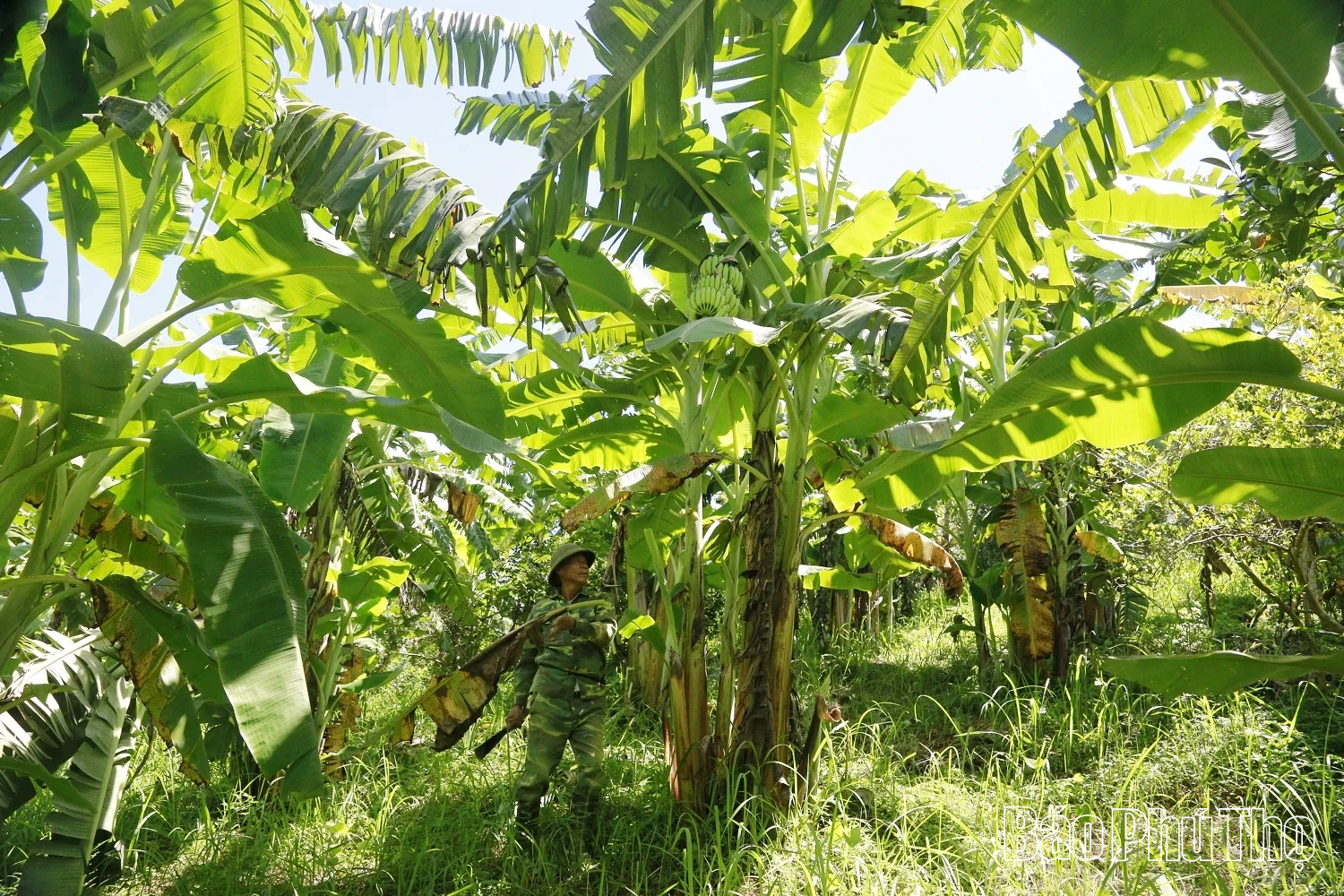
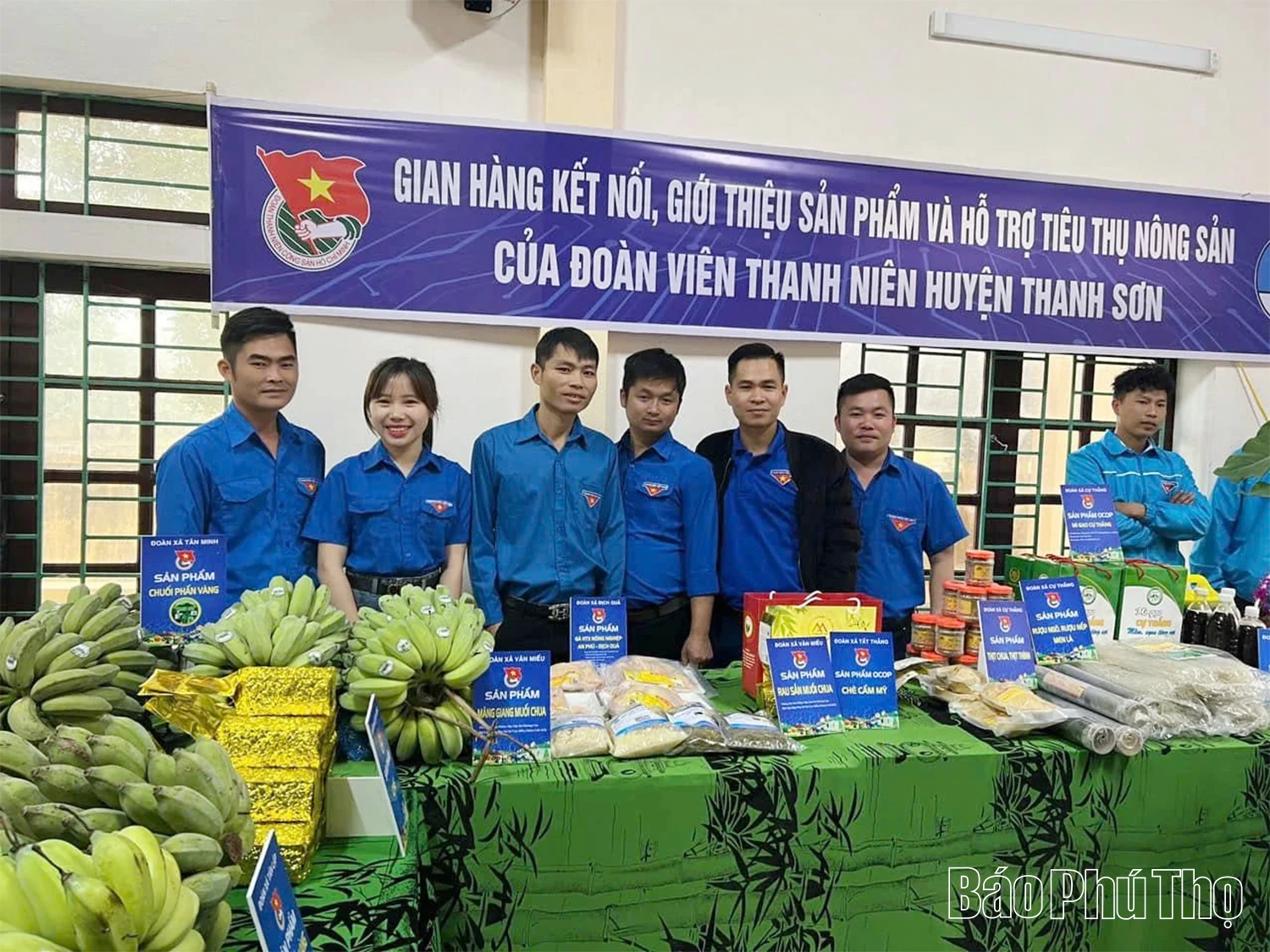
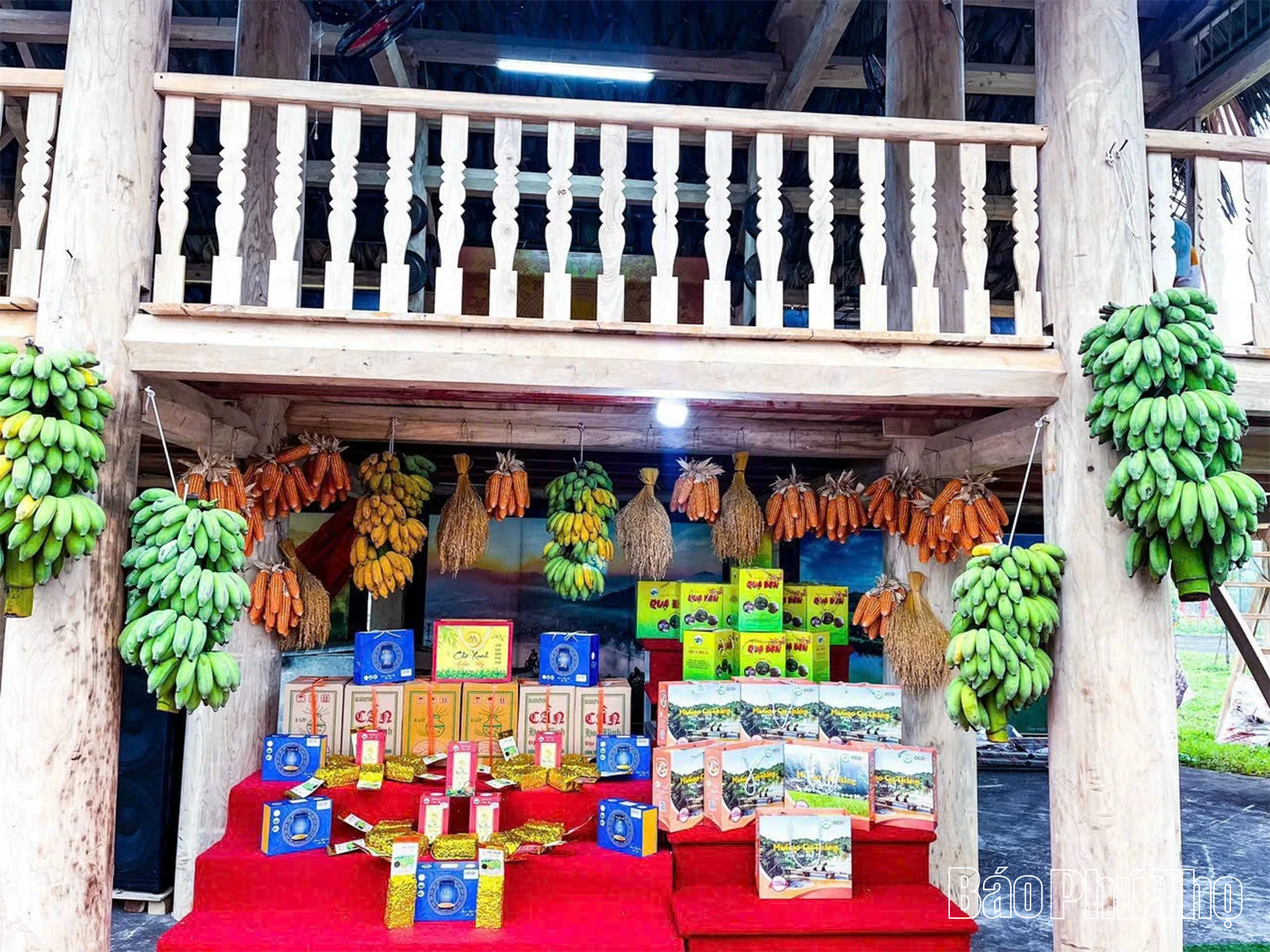








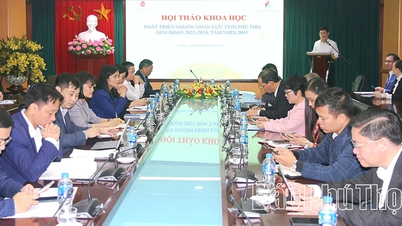
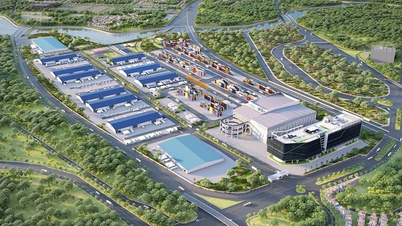
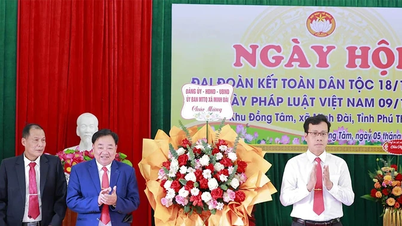
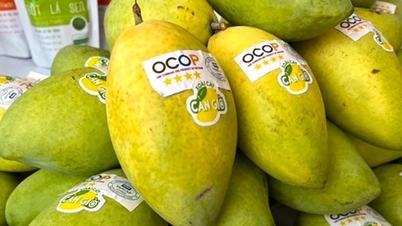

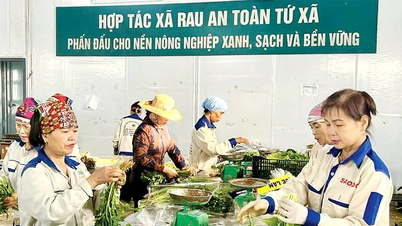


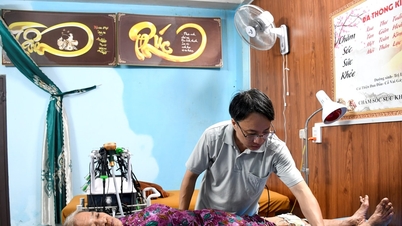




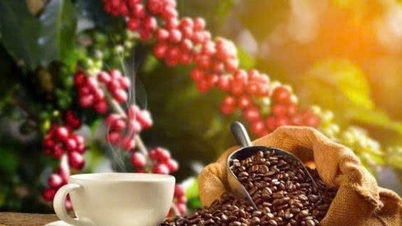



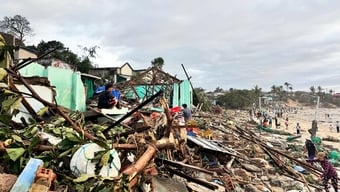

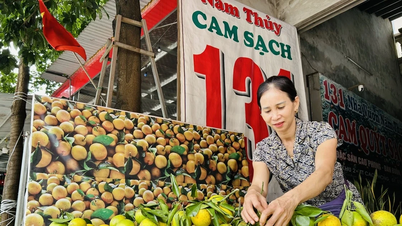
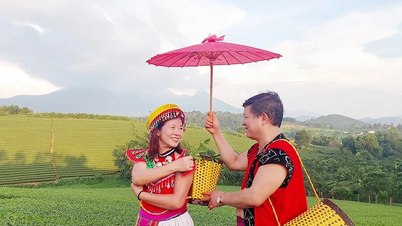

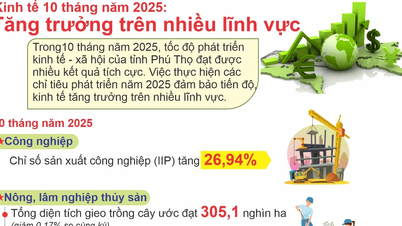
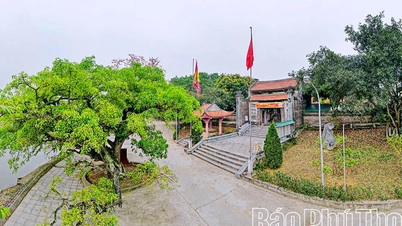
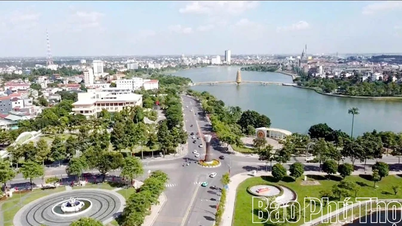



![[Video] Hue Monuments reopen to welcome visitors](https://vphoto.vietnam.vn/thumb/402x226/vietnam/resource/IMAGE/2025/11/05/1762301089171_dung01-05-43-09still013-jpg.webp)







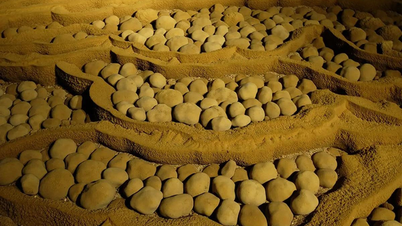


















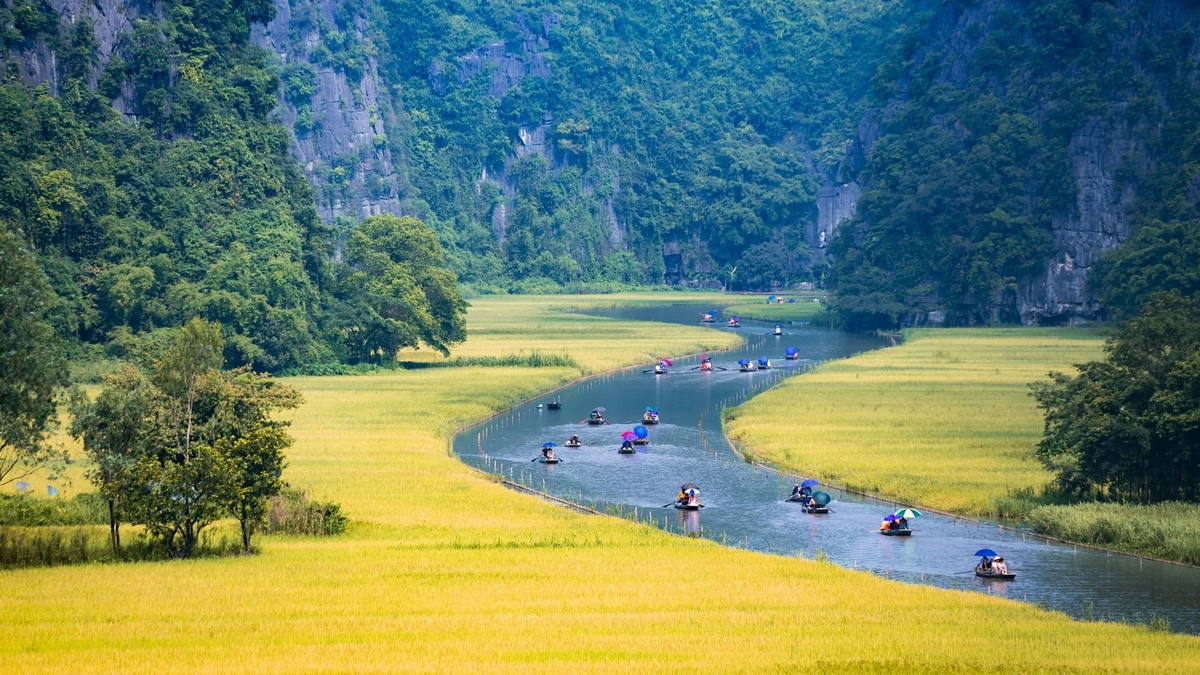









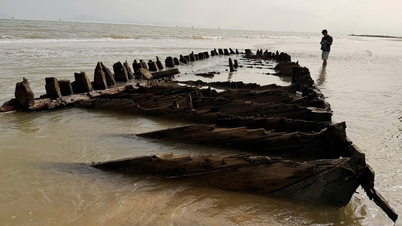
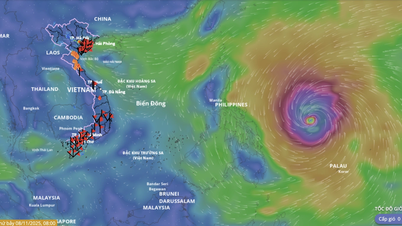
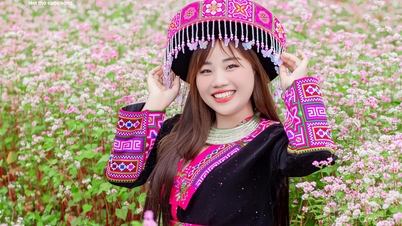



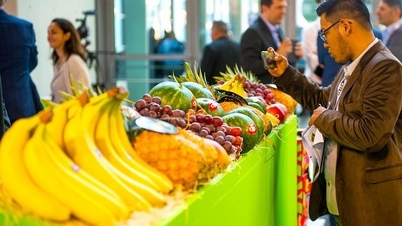


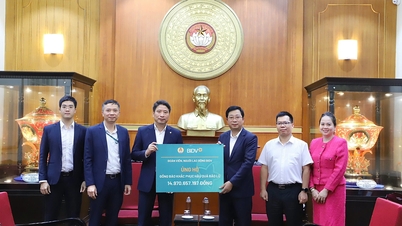


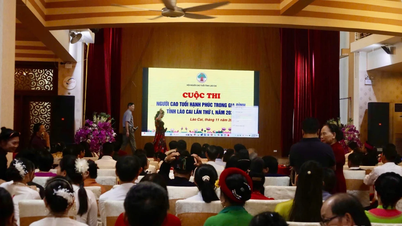






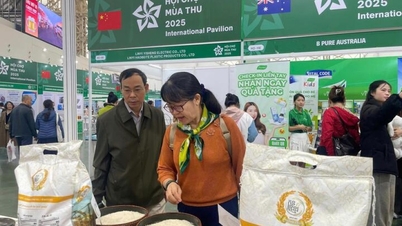















Comment (0)